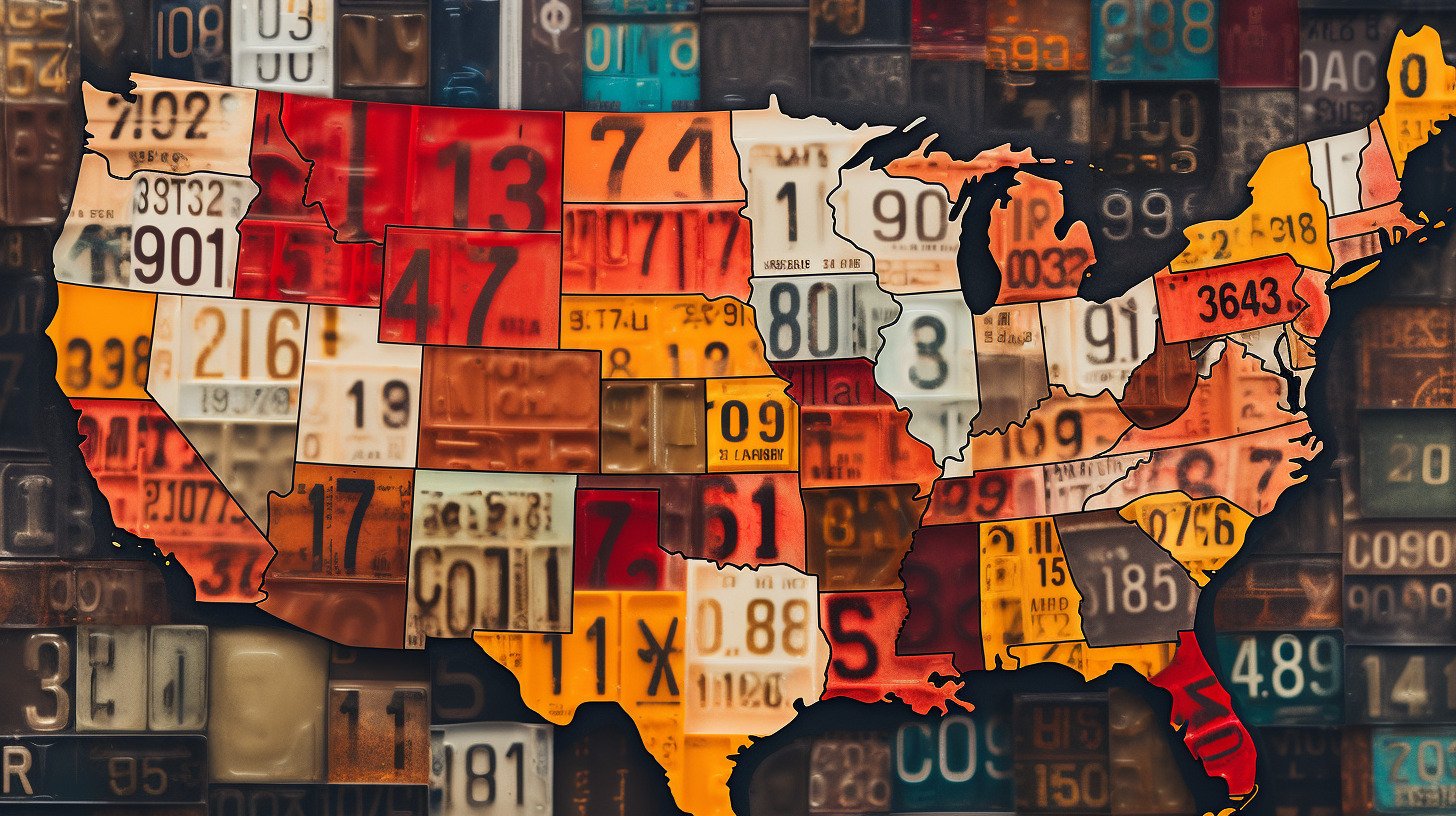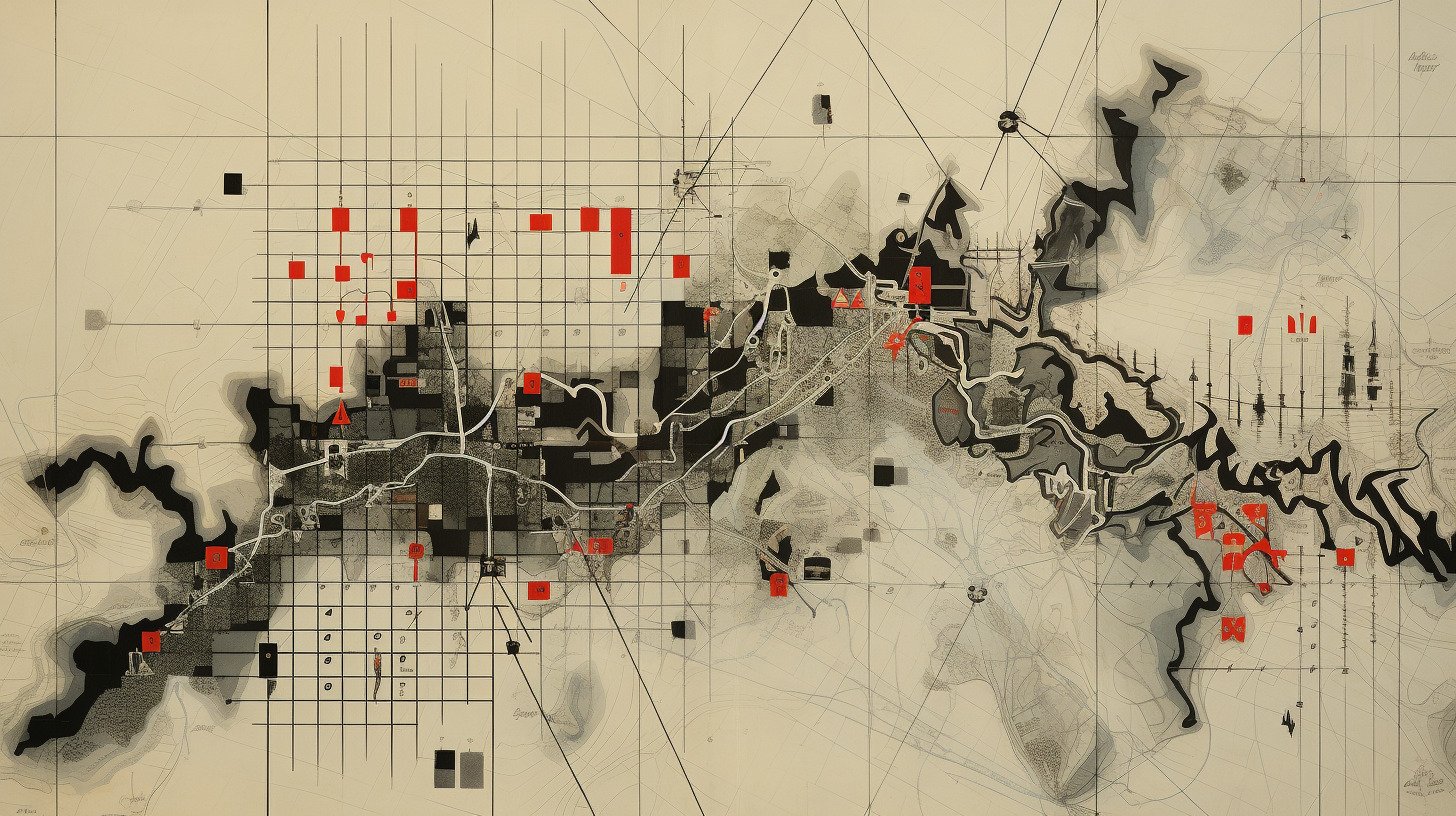Unzipping the Code: The Art and Science of Zip Code Creation
Discovering the Algorithms, Planning, and Human Touch Behind Zip Codes
Posted On:
Introduction
Zip codes, those unassuming five-digit numbers, do more than just guide our mail to its destination. They are the unsung heroes in a saga where mathematics, logistics, social science, and creativity converge. In an unearthing journey, this article decrypts the art and science encrypted in these numeric marvels, guiding us through the intricate algorithms and thought-provoking considerations woven into their creation.

A Brief History of Zip Codes
Understanding the genesis of zip codes is pivotal. In 1963, the ZIP (Zone Improvement Plan) code system emerged in the United States as a solution to the escalating complexity of mail delivery, fueled by burgeoning populations and expanding urban landscapes. These five significant digits embarked on a mission, with the first trio pinpointing the sectional center facility (SCF), and the remaining duo navigating towards specific post offices within the SCF's territory.
For a more in-depth historical exploration, feel free to delve into our previously published detailed article on the history of zip codes.

The Mathematics: Algorithms and Sorting
Hierarchical Clustering
Hierarchical clustering stands as a cornerstone in the algorithmic infrastructure of zip codes. States commence their zip code journey from distinctive numerical platforms - New York embarks from "1", while California sails from "9". Successive digits elegantly cascade down, honing in on increasingly localized geographies, facilitating a seamless and systematic sorting process.
Proximity and Density Algorithms
Population density and geographical proximity choreograph the rhythm of the zip code algorithm dance. Urban heartlands, throbbing with dense populations, often host a mosaic of zip codes, each reigning over diminutive domains. In juxtaposition, rural realms, where space breathes more freely, see expansive territories embraced by singular zip codes.

Geospatial Algorithms
Geospatial sagacity augments the algorithmic suite, sketching pathways that flow with geographical and logistical harmony. Natural barriers, such as rivers, play a defining role in this symphony, guiding the assignment of zip codes in alignment with the landscape’s logic.
The Art: Social and Economic Considerations
Zip Codes and Economic Stratification
Zip codes occasionally mirror society’s economic tapestry, reflecting disparities and divisions. They may unveil stories of affluence or tales of hardship, impacting realms from education and healthcare accessibility to the numerical tales told by credit scores and insurance rates.

The Gerrymandering of Zip Codes
The design of zip codes can also unfold as a canvas for strategic manipulations, woven for political or economic narratives. Human influences interplay with algorithmic objectivity, crafting zip codes that might subtly sway electoral voices or enhance the allure of emerging residential landscapes.
Technological Advancements: Dynamic Zip Codes

Technology whispers of a future where zip codes breathe with dynamic vitality, flexing and flowing in response to parameters like demographic currents, logistical loads, and even the whims of weather. In these futuristic echoes, machine learning algorithms envisage a tapestry of zip codes that evolve in real-time harmony with our world's rhythms.
Conclusion
Zip codes, in their numeric poetry, narrate tales of algorithmic brilliance, human touch, and societal echoes. Their unassuming exteriors cloak a realm where numbers resonate with stories, strategies, and the subtle influences of social landscapes. By unraveling these numeric tales, we find keys to navigating the nuanced pathways of our interconnected existence.